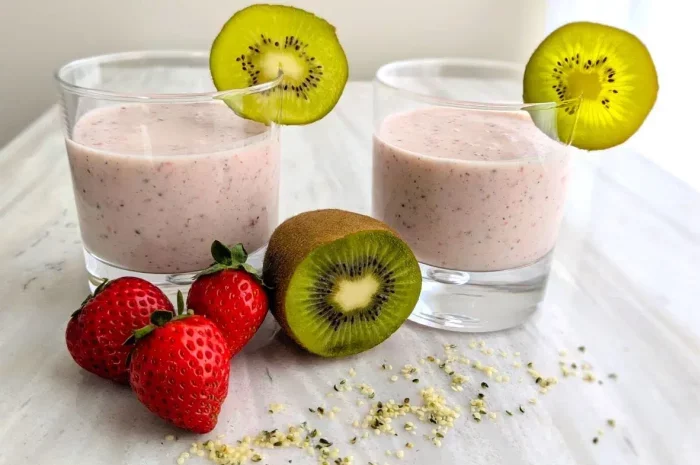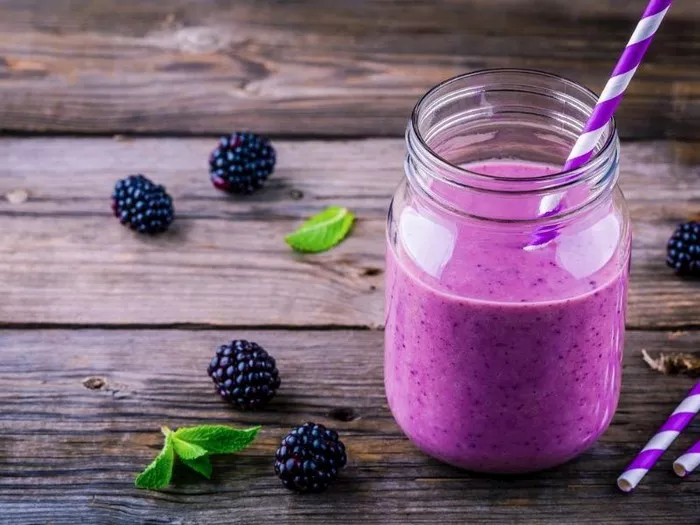Stir-frying is a quick and healthy way to prepare vegetables, bringing out their natural flavors while keeping them crisp and full of nutrients. This technique is popular in many Asian cuisines, especially Chinese, but has become a favorite method of cooking all over the world. Whether you’re a beginner or an experienced cook, stir-frying vegetables is simple, versatile, and allows you to create a colorful and delicious dish in just a few minutes. Here is a detailed guide on how to make stir-fry vegetables, from choosing your vegetables to the final cooking steps.
1. Choosing the Right Vegetables
When selecting vegetables for a stir-fry, the key is to pick a variety of textures and colors to make the dish visually appealing and full of different flavors. Common stir-fry vegetables include:
- Broccoli: Adds crunch and is high in fiber and vitamins.
- Bell Peppers: Bring sweetness and color to the dish.
- Carrots: Provide sweetness and a nice crunch when sliced thinly.
- Zucchini: Offers a soft texture and subtle flavor that absorbs the sauce well.
- Snow Peas or Snap Peas: Sweet and crunchy with a fresh taste.
- Onions: They add sweetness and depth to the flavor.
- Mushrooms: Provide a meaty texture and earthy flavor.
- Baby Corn: Adds a slightly sweet, crunchy texture.
You can mix and match these vegetables or choose whatever you have on hand, depending on your preferences.
2. Preparing the Vegetables
Preparation is a crucial step in making stir-fried vegetables. To ensure even cooking, vegetables should be cut into uniform pieces. Here’s how to prepare them:
Wash and Peel: Wash all vegetables thoroughly. Peel carrots, zucchini, or any other vegetable that requires peeling.
Cut into Even Sizes: Cut vegetables like bell peppers, carrots, and zucchini into bite-sized pieces or thin slices to ensure they cook quickly and evenly. Broccoli should be broken into small florets, and onions can be sliced thinly or chopped into small pieces. Keep in mind that vegetables like bell peppers and onions cook faster than harder vegetables like carrots or broccoli, so cutting them into smaller pieces can help with even cooking.
Dry the Vegetables: After washing, dry vegetables using a clean towel or paper towels. This helps prevent splattering when they hit the hot oil in the pan.
3. Preparing the Stir-Fry Sauce
A stir-fry sauce is what brings all the flavors together. The sauce can be as simple or as complex as you like, but the basic ingredients in most stir-fry sauces are:
- Soy Sauce: This is the base of the sauce, adding saltiness and umami flavor.
- Rice Vinegar: Balances the saltiness with acidity and a slight sweetness.
- Sesame Oil: Adds a rich, nutty flavor.
- Garlic: Minced garlic gives a nice aromatic flavor.
- Ginger: Fresh ginger adds warmth and spice to the sauce.
- Cornstarch: If you want a thicker sauce, cornstarch will help achieve that.
- Honey or Sugar: Adds sweetness to balance the savory flavors.
Here’s a simple stir-fry sauce recipe:
- 3 tablespoons soy sauce
- 1 tablespoon rice vinegar
- 1 tablespoon sesame oil
- 1 teaspoon fresh minced ginger
- 1 clove garlic, minced
- 1 teaspoon honey (optional)
- 1 teaspoon cornstarch mixed with 1 tablespoon water (for thickening)
Whisk these ingredients together in a small bowl and set aside. This sauce can be adjusted to your taste by adding more soy sauce for saltiness or more honey for sweetness.
4. The Stir-Fry Cooking Process
Stir-frying is a fast process, so it’s important to have everything ready before you start cooking. Here’s how to stir-fry vegetables step by step:
Step 1: Heat the Pan
The key to a great stir-fry is using high heat. Choose a wide, flat pan such as a wok or large frying pan. Place the pan on the stove and heat it over medium-high to high heat. Allow the pan to get very hot before adding any oil.
Step 2: Add Oil
Once the pan is hot, add a small amount of oil with a high smoke point. Vegetable oil, canola oil, or peanut oil are ideal choices. Add about 1 to 2 tablespoons of oil to coat the bottom of the pan.
Step 3: Sauté Aromatics
To enhance the flavor of your stir-fry, start by sautéing garlic and ginger. Add minced garlic and ginger to the hot oil and stir for about 30 seconds until fragrant. Be careful not to burn them, as garlic can become bitter when overcooked.
Step 4: Add the Harder Vegetables
Start with the vegetables that take longer to cook. These are usually the harder vegetables, such as:
- Carrots
- Broccoli
- Mushrooms
Stir-fry these vegetables for about 2-3 minutes, or until they begin to soften slightly but still maintain their crunch.
Step 5: Add Softer Vegetables
Once the harder vegetables are slightly tender, add the softer vegetables, such as:
- Bell peppers
- Zucchini
- Snow peas
Stir-fry for another 2-3 minutes, or until the vegetables are cooked but still crisp.
Step 6: Add the Stir-Fry Sauce
Now it’s time to add the stir-fry sauce. Pour the sauce over the vegetables, stirring constantly to ensure the vegetables are evenly coated. Continue to cook for an additional 1-2 minutes until the sauce thickens slightly and coats the vegetables. If you’ve used cornstarch in the sauce, it should start to thicken within a minute.
Step 7: Taste and Adjust
Taste the stir-fry and adjust the seasoning if necessary. You can add more soy sauce for saltiness, more vinegar for acidity, or a touch of honey for sweetness, depending on your taste.
5. Serving the Stir-Fry Vegetables
Stir-fried vegetables can be served in many ways. Here are a few options:
Over Rice: Serve your stir-fried vegetables over steamed white rice, brown rice, or jasmine rice for a complete meal.
With Noodles: Stir-fried vegetables can also be served with noodles such as lo mein, soba, or rice noodles.
As a Side Dish: Stir-fried vegetables can be a side dish to accompany a main course like grilled chicken, beef, or tofu.
6. Tips for the Best Stir-Fry
Don’t Overcrowd the Pan: If you add too many vegetables at once, they will steam instead of stir-fry. Cook the vegetables in batches if needed to ensure they cook evenly.
Use High Heat: Stir-frying relies on high heat to cook the vegetables quickly and keep them crispy. Make sure your pan is hot enough before adding the oil.
Prep Ahead: Stir-frying is fast, so prepare all your vegetables and sauce ahead of time. This ensures the cooking process goes smoothly.
Use a Wok if Possible: A wok is perfect for stir-frying because its shape allows heat to distribute evenly and the vegetables to be tossed around more easily.
7. Variations and Add-Ins
Stir-fried vegetables can easily be customized with various add-ins. Here are some ideas:
Tofu or Tempeh: Add cubed tofu or tempeh for a vegetarian or vegan protein option. Fry it separately and add it to the vegetables at the end.
Nuts: Add a handful of cashews, peanuts, or almonds for crunch and extra flavor.
Chili Flakes or Fresh Chilies: For a spicy kick, sprinkle in some chili flakes or fresh chopped chili peppers.
Herbs: Garnish with fresh herbs like cilantro or green onions for a burst of freshness.
Eggs: Scramble an egg in the pan before adding the vegetables for extra protein and texture.
8. Nutritional Benefits of Stir-Fry Vegetables
Stir-fry vegetables are not only delicious but also highly nutritious. Here’s why:
High in Fiber: Vegetables like broccoli, carrots, and bell peppers are rich in dietary fiber, which supports digestion and heart health.
Rich in Vitamins and Minerals: Stir-fried vegetables are packed with essential vitamins such as vitamin C, A, and K. They also provide minerals like potassium and magnesium.
Low in Calories: Since stir-frying uses minimal oil, the dish remains low in calories, making it an excellent option for weight management.
Full of Antioxidants: Many vegetables used in stir-fry, such as bell peppers, broccoli, and carrots, are high in antioxidants that protect your cells from damage.
Conclusion
Making stir-fry vegetables is easy, quick, and offers a healthy, flavorful meal packed with nutrients. By following these steps, you can create a dish that’s both satisfying and versatile, customizable to your tastes and dietary preferences. Whether you enjoy stir-frying on its own or as a side dish, this method of cooking is sure to become a staple in your kitchen.
Related topics:























